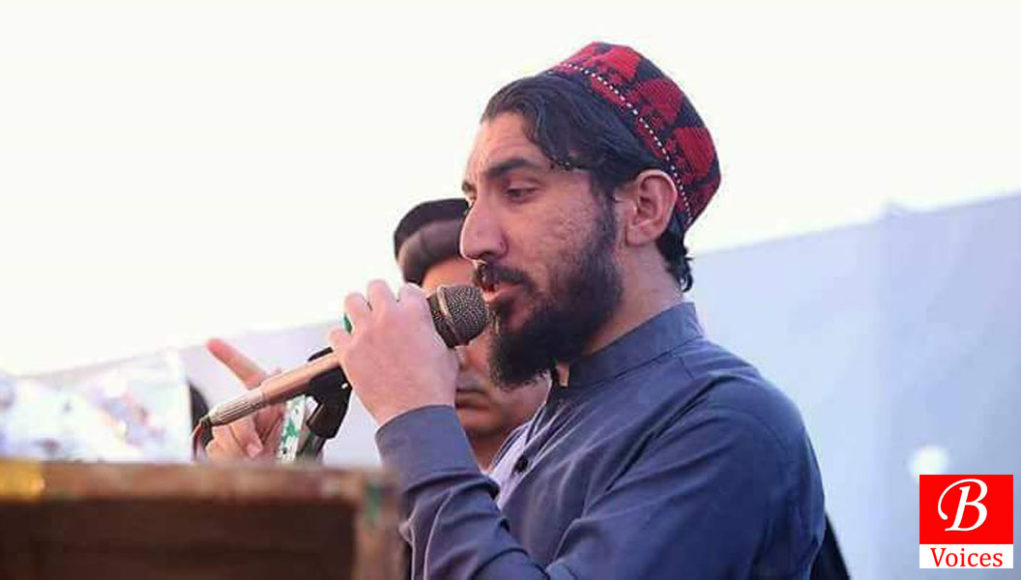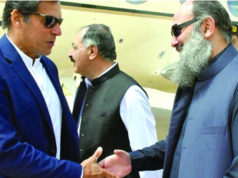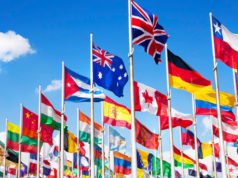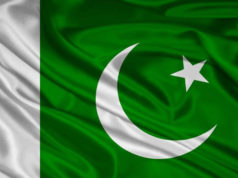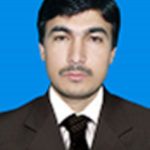 Muhammad Anwar Nasar
Muhammad Anwar Nasar
Pashtun Tahfuz Movement (PTM) staged a sit-in in Islamabad for more than a week under the young leadership of Manzoor Ahmad Pashteen. Since the spontaneous birth of this movement till now, mainstream media has adopted three manipulative stances to demean the worth of the PTM and its cause. The first strategy was to not impart proper coverage to PTM sit-in and rallies. The second one is to present PTM message in such a way that is either acceptable to the already established narrative or in accordance with the state narrative. And the third tactic of the corporate media is to conceal the whole program of PTM in the cocoon of Naqeeb’s case or FATA reforms. Unfortunately, the real agenda and demands of the PTM are distinguished.
The PTM carries four-point agenda to be fulfilled. The first one among these demands is clearing landmines in Waziristan. Two, all the missing persons must be produced before the court. If convicted of the crime, they must be treated according to legal dictum otherwise released. Three, curfew must not be imposed after the manifestation of any unfavourable event in the territory of tribal areas. And four, stoppage of all extrajudicial killings followed by the arrest of Rao Anwar. All these demands presented by PTM are not only fundamental by nature but the constitution of Pakistan also guarantees.
The first strategy of the national media was to impose blackout regarding the coverage of the PTM sit-in. The PTM volunteers staged sit-in for a long period of ten days but the national media remained silent on the issue to impart live coverage. In the process, when some political celebrities appeared on the stage of PTM in the form of Imran Khan and Maulana Fazal Rehman then media gave coverage to the staged sit-in of PTM. But unfortunately, media still didn’t highlight the real demands of the PTM but that of the views uttered by the already mentioned leaders. The exposition of PTM demands appeared emphatically on the screens of televisions when PTM leadership was on the verge to be entered into an agreement with the government of Pakistan.
With the end of Islamabad dharna, the first phase of PTM ended. The leadership of PTM, Manzoor Ahmad Pashteen, ensured his volunteers to have waited for a month to see the commitment of the top echelons regarding the accomplishment of their demands. At the completion of the ultimatum of one month, Manzoor Pashteen and PTM entered into the second phase of their movement.
The second phase of PTM is that of mobilization phase. In this phase, PTM team has started village to village and district to district campaign to spread awareness regarding the Pashtun Tahfuz Movement.On the 9th March, the leadership of PTM along with his cabinet came out from D.I.Khan and moved towards Quetta via Drazanda, Zhob, Qila Saifullah, Khanozai before reaching Quetta. These small towns of Pashtun inhabitants of Baluchistan welcomed the PTM leadership with great enthusiasm and open arms. The rallies held in the above-said districts were so huge that were beyond imaginations. Pashtuns of this region, for the first time in my life, came to join PTM above political lines and discourse. Again, in this whole process of agitation and protestation, the mainstream media imposed a complete blackout to rallies held in the Pashtun belt of Baluchistan.
After the materialization of their mobilization plan in Pashtun belt of Baluchistan, the PTM rallies turned towards Khyber Pakhtunkhwa. Being engrossed in the smaller districts of Khyber Pakhtunkhwa i.e. Banu, Karak, Taank and Mardan, the PTM would hold a grand power show in Peshawar on 25th March. Followed by Peshawar rally, PTM would move towards Swat and then to Waziristan to hold agitation rallies there too. After Quetta procession, the issue of PTM was raised by some of the international corporate media in the form of VOA Pashtu and BBC Pashtu. Calculating all these national (social media) and international (media) pressures the mainstream media conferred some space in TV talk shows for PTM leadership and their movement to present their views and demands before nation.
Though space has been rewarded to PTM leadership and other founding members of PTM in talk shows with this the second strategy of the national corporate media get started. Some of the anchors and media persons invite this young leadership of PTM not with the prospect of understanding their cause but to counter their narrative.
In the second strategy, some of the anchors use distinct tactics to trap PTM leadership and to demean the worth of their movement being launched for the acquisition of the fundamental rights. Most importantly, when Manzoor Ahmad Pashteen tries to develop his own narrative by highlighting the injustice, anchorperson abruptly rejects it by stating no ‘this can’t happen’ and ‘how could this happen in the way you state’.When Manzoor Pashteen insists on proof and evidence then they skillfully divert the debate to another side. Sometimes, the young Pashteen is not provided with proper time in presenting his narrative and interrupted and cut off in the midst of discussing something important. The program held by Fawad Chaudhary and Musadiq Malik on Neo TV is an existing example of this. In a program with Ejaz Haider on Capital TV, the young Pashteen was not given adequate time. So, the number of guests should be limited till Manzoor Ahmad Pashteen presents his whole agenda on media. He is asked a question or two then other guests are engaged in discussion to foment controversies and divisions.
The third strategy, media corporate owns, is to conceal the whole program of PTM in the cocoon of Naqeeb Mehsud case and that of FATA reforms. PTM has its history as its foundation was erected back in 2014 with the name of Mehsud Tahfuz Movement (MTM). After the extrajudicial murder of Naqeeb Mehsud, the MTM started a move for a sit-in in Islamabad. Before stepping foot in Islamabad, they had transformed the movement from MTM to PTM. So, it needs to be crystal clear that PTM carries four-point agenda including that of Naqeeb Mehsud case and justice for all other extrajudicial killings of the Pashtuns. In a similar context, some anchors and political analysts fix and relate the whole conundrum with that of FATA reforms. They desire to intermix FATA reforms with PTM demands. Moreover, these political analysts and anchors reckon of materialization of FATA reforms as the solution of all the demands carried by PTM. PTM leadership has numerously stated that PTM has no any viewpoint regarding FATA reforms. FATA reforms are a political issue and PTM is on the ground to ask for the fundamental right of life for its people. So, therefore, PTM should be comprehended in the vista of PTM, its own demands and agenda rather than being concealed in the coverings of FATA reforms and arrest of Rao Anwar.
In a nutshell, Manzoor Ahmad Pashteen and his team must be imparted proper time to present their own narrative on mainstream media. Their narrative is simple and that is they demand life and peace for their people.
The writer has completed MPhil in History from Quaid-i-Azam University, Islamabad.
Disclaimer: Views expressed in this article are those of the author and Balochistan Voices not necessarily agrees with them.
Share your comments!


